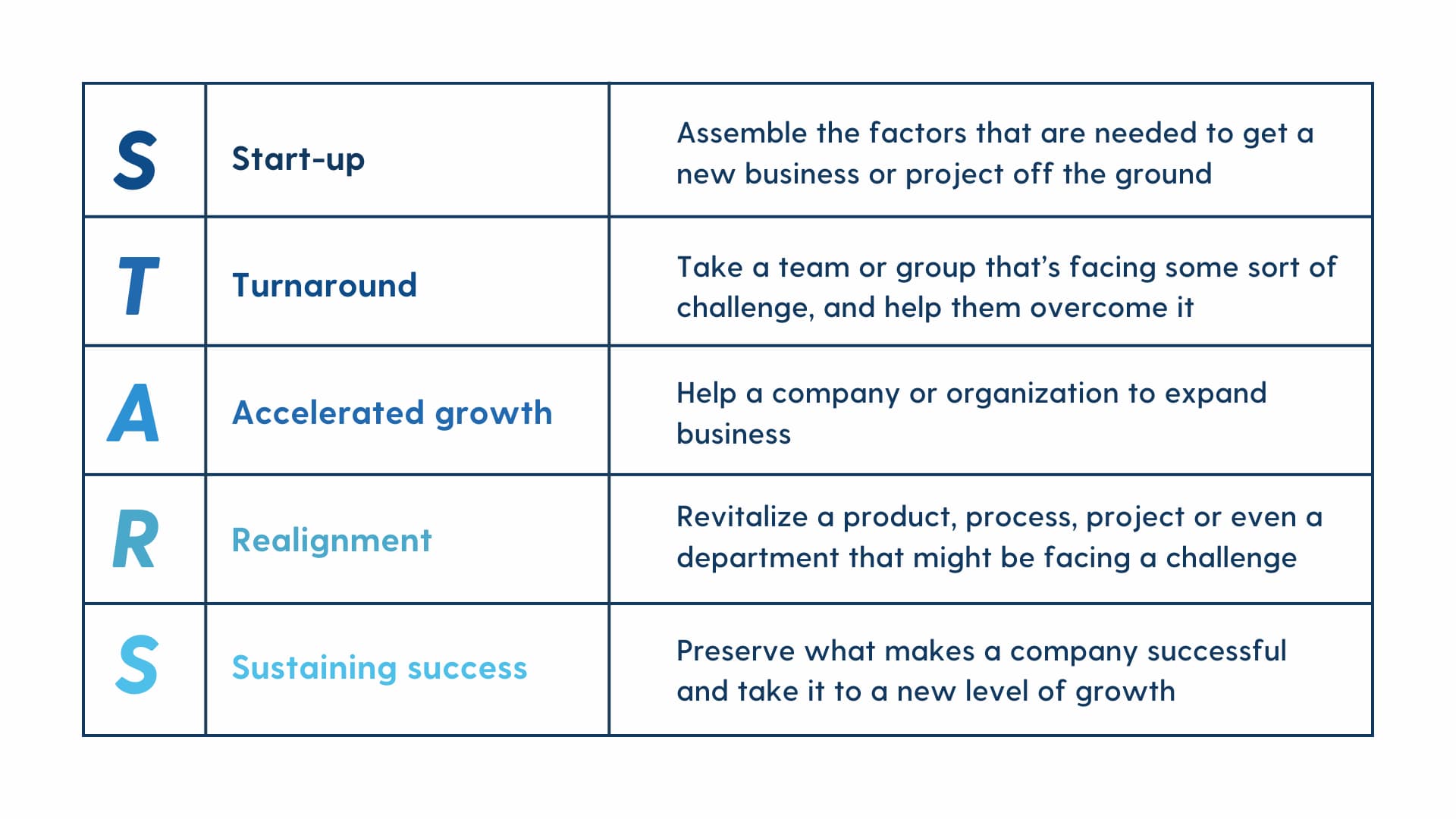Introduction: Working with a New Boss Begins with You
If you’re beginning a new job or assuming a new role, or if your company has recently hired a new manager for your team, you’ll find yourself in a position where it will be critical to establish a positive rapport with your new boss.
One common mistake people often make is failing to take a proactive approach to establishing and nurturing a positive relationship with their bosses from the outset. This passivity can stem from various factors, including uncertainty about how to initiate the relationship, resistance to the change, fear of overstepping boundaries, or simply underestimating its importance.
Starting off on the right foot with your new boss can yield a multitude of benefits. It enhances team communication and collaboration, fosters trust and respect, and can even boost job satisfaction, productivity, and retention. A positive relationship with your boss can also open doors to professional development and career advancement opportunities, making it a strategic investment in your future.
However, by neglecting to proactively engage with your new boss, you may inadvertently create barriers to effective communication and collaboration. This can lead to misunderstandings and missed opportunities that ultimately hinder both your personal and professional growth.
Making the Most out of Your Relationship with Your Boss
Setting the tone for a productive relationship with your new manager requires ongoing effort and investment. Regardless of your position within the company, whether you’re starting your first job or you’re a seasoned professional, cultivating a positive relationship with your boss will set the basis for your subsequent months and years of working for this person. Additionally, building a strong foundation will facilitate a smoother workflow, contributing to the overall success of the team and ultimately benefiting the entire organization.
To make the most of this relationship, seek to understand your boss’s management style, preferences, and expectations, and use this knowledge to align your actions with their vision and goals. By maintaining open lines of communication and demonstrating reliability and competence, you can solidify your partnership and set the stage for a successful collaboration.
The Five Conversations
In The First 90 Days, Michael D. Watkins explains the importance of having five key conversations within the first three months of either your own or your boss’s new role. These discussions are essential for aligning the company’s, the team’s, and your needs with your manager’s expectations about you.
- The Situational Diagnosis Conversation
The first conversation with your boss should be about your organization’s current circumstances. This is a strategic discussion that can provide valuable insights into the challenges and opportunities ahead. As described by Watkins, understanding your company’s position within one of five distinct stages can inform your team’s role and shape your goals moving forward. This framework, summarized by the acronym STARS, offers a structured approach to assessing and addressing organizational dynamics.

Before meeting with your boss, thoroughly assess your company’s current situation. Consider factors such as market conditions, internal dynamics, and the competitive landscape to determine which stage best aligns with your organization’s reality.During your meeting with your boss, share your assessment of the organization’s current situation and discuss how it aligns with their perspective. Use this opportunity to brainstorm potential strategies and initiatives that can address the challenges identified and capitalize on the opportunities ahead.
- The Expectations Conversation:
The second conversation you should have with your boss is about expectations. The goal is to establish clarity and alignment in your working relationship. In this meeting, discuss your boss’s priorities in the short and medium term.During this conversation, invite your boss to share their vision for the team or department and outline their key objectives and goals.By understanding their priorities, you can better align your efforts and focus on tasks that contribute to the overarching mission of the organization. Be willing to share how things have worked before without being overly wedded to them, as your boss will undoubtedly come in with their own ideas. You can help your boss understand the history and the current state, while also signaling your willingness to adapt to the new norms that they establish.Clarifying what success looks like for your boss is also essential. Ask specific questions to uncover their definition of success and the metrics they use to measure progress and achievement. By gaining insight into their expectations, you can tailor your approach and deliverables to meet or exceed their standards.Use this opportunity to share your own insights and perspectives on how you can support their goals and contribute to the team’s success. By engaging in a collaborative dialogue, you demonstrate your commitment to partnership and your willingness to actively contribute to the achievement of shared objectives.Throughout the conversation, maintain an open and receptive attitude, actively listen to your boss’s input, and seek clarification when needed. By fostering clear communication and mutual understanding, you lay the foundation for a productive working relationship built on trust and alignment.
- The Resources Conversation:
In the third conversation with your boss, the focus shifts to negotiating critical resources essential for effectively achieving both your own and your boss’s goals. This discussion ensures that you have the necessary support, tools, and resources to execute tasks and initiatives successfully.In this conversation, depending on your role, you may discuss budget allocations, staffing needs, access to technology or specialized equipment, training opportunities, or any other resources pertinent to your role. Clearly articulate how these resources will directly support the attainment of your goals and enhance overall team performance.Throughout the negotiation process, maintain a solutions-oriented mindset and focus on finding mutually beneficial agreements that support the achievement of shared goals (based on conversation two).
- The Style Conversation:
In the fourth conversation with your boss, discuss how you can best interact on an ongoing basis to ensure effective communication, collaboration, and decision-making. This conversation serves to establish clear guidelines for interaction and define the parameters of your working relationship.Seek input from your boss on their preferred communication channels, frequency of updates, and any specific protocols they prefer to follow. By understanding their communication preferences, you can tailor your approach to better align with their expectations and preferences.During this conversation, discuss a decision-making process and clarify which decisions your boss wants to be consulted on. Talk about how you can provide regular updates on your progress and seek feedback on your performance. Establish checkpoints or milestone reviews to evaluate progress and address any challenges or concerns that may arise along the way.
- The Personal Development Conversation:
If you have a new boss, whether you are new at your company or not, your responsibilities will change. So, a few months into your role, when you’ve gained a deeper understanding of your responsibilities and expectations, have a conversation with your boss about your performance and areas for improvement, and establish a roadmap for continued growth and development.During the conversation, acknowledge any successes or achievements since assuming your role, but mainly, invite your boss to share their observations and feedback on your performance. Be open to receiving both positive feedback and constructive criticism.Then, establish a plan of action outlining concrete steps you will take to address your developmental priorities and measure progress over time. Set specific, achievable goals with clear timelines and milestones, and establish regular check-ins with your boss to monitor progress, provide updates, and solicit feedback along the way.
Do’s and Don’ts
To foster a productive relationship with your boss, Watkins recommends avoiding certain behaviors while adopting proactive strategies for success:
- Don’t stay away: If your boss doesn’t initiate contact, take the initiative to reach out. Schedule a meeting to discuss any challenges you’re facing and keep them informed about your progress.
- Avoid surprising them with bad news: Be proactive in communicating any emerging issues or concerns as soon as you become aware of them. This allows your boss to address problems promptly and prevents unpleasant surprises.
- Don’t approach only with problems: Instead of solely presenting issues, strive to have a plan in place to address them, or at least a proposed one. Offer solutions or suggestions for how to overcome challenges, demonstrating your problem-solving skills and proactive attitude.
- Avoid running down your checklist: Rather than simply listing tasks you’ve completed, focus on discussing three key items that require action or attention. This ensures that your interactions with your boss are purposeful and focused on driving results.
- Don’t expect your boss to change: Recognize that adapting to your boss’s management style and preferences is essential for building a successful working relationship. Be flexible and willing to adjust your approach to meet their expectations.
Instead, prioritize the following actions to strengthen your relationship with your boss:
- Clarify expectations: Regularly seek clarification on your boss’s expectations to ensure alignment and understanding. Establishing clear expectations early and revisiting them often helps prevent misunderstandings and enhances collaboration.
- Take responsibility for the relationship: Proactively invest in building rapport and fostering open communication with your boss. Demonstrate your commitment to making the relationship work by being responsive, proactive, and reliable.
- Negotiate timelines: When addressing issues or implementing changes, negotiate realistic timelines for diagnosing problems and developing action plans. Setting clear deadlines helps manage expectations and ensures accountability.
- Aim for wins: Identify areas that are important to your boss and prioritize achieving success in those areas. Align your efforts with their priorities to demonstrate your value and contribute to organizational goals.
- Build relationships with key stakeholders: Cultivate relationships with individuals whose opinions and perspectives matter to your boss. Engaging with key stakeholders can help you gain insights, build support, and strengthen your influence within the organization.
By adopting these proactive strategies and avoiding common pitfalls, you can build a positive and productive relationship with your boss, fostering mutual respect, trust, and collaboration.
Conclusion:
Navigating the dynamics of working with a new boss requires proactive communication, strategic planning, and a commitment to building a productive relationship. By avoiding common pitfalls such as staying passive or surprising your boss with bad news and instead taking responsibility for clarifying expectations, negotiating timelines, and aiming for wins in areas important to your boss, you can lay the groundwork for a successful partnership.
Remember, building a strong relationship with your boss is not only beneficial for your own career growth and job satisfaction but also essential for the success of your team and the organization as a whole. By actively investing in this relationship, staying adaptable, and prioritizing effective communication and collaboration, you can position yourself for success and contribute to a positive and thriving work environment.
Want to check out more of our how-to guides? Become a PathWise member. Basic membership is free!
